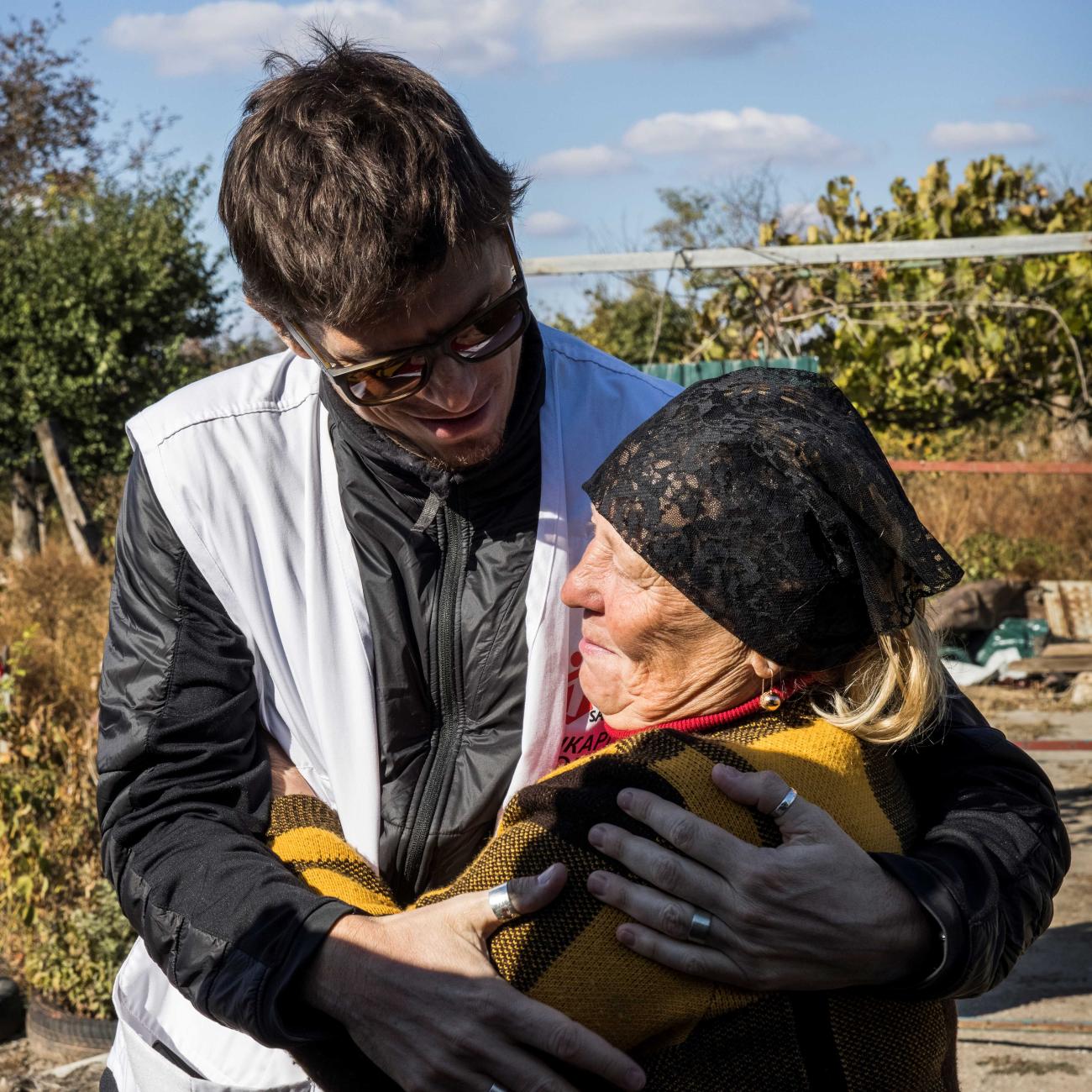A special issue of the journal Nature in November, 2019, commemorating their 150th anniversary, included an article on new challenges in responding to epidemics in the Twenty-First century. Its authors detail how we live in a more complex world today where massively expanded trade, increased travel, demographic shifts, climate change, and societal changes in the information age increasingly drive health in the world today. One of our editors caught up with the corresponding author of that article, Jeremy Farrar, Director of the Wellcome Trust, to ask him about global health, past and future.
□ □ □ □ □
Think Global Health: One of the things that you mentioned in the article was how urbanization is impacting epidemics today—making them more complex. What do you mean by that?
FARRAR: Urban centers compared to a hundred years ago are just of a different scale. You know, if you think of the number of cities in China alone over ten million, twenty million now, increasingly in sub-Saharan Africa and South Asia, the sheer scale of those cities is very different. Their connectivity is very different. You know, even in my own life, I mean, I first came to the U.K. when I was a child. I came by boat. I came by boat from New Zealand. It’s unthinkable now. You know, that took seven weeks, and now of course you can do that in twenty-four hours.
Much more difficult to contact trace, to isolate, to take public health measures across a whole city
So the cities are bigger. They’re more interconnected… and then I think there’s some really interesting sociology about how the people in cities are themselves different. I’ve been very interested in the acceptance of authority within city structures and people within cities—those who migrate to cities versus those that stay in rural communities, [and] the difference in their approach to informal authority, formal authority, the police, the governments, the governed, and the governing. I think that’s a change. And then final thing I would say is the relationship between those cities and the surrounding ecology has changed as well.
Going back to the start of Ebola in 1976, for thirty-five years that was a rural disease in small villages where the villagers were exposed to presumably primates of some description—maybe bats, but certainly primates—and the epidemic could be controlled in a village by essentially isolating it. And of course, there are major moral and ethical questions about that, but nevertheless in Ebola—in the villages around the Ebola River in 1976, if you isolated that village… it was easier to control. Which is why 1976 to 2013 we had outbreaks which were mostly rural and which were mostly contained within a rural setting. The big difference in 2013-14-15 and today in North Kivu is that the virus had not changed and the humans had not changed; what had changed was the social environment in which it was taking place in, where it’s obviously very, very much more difficult to contact trace, to isolate, to take public health measures across a whole city compared to a village setting.
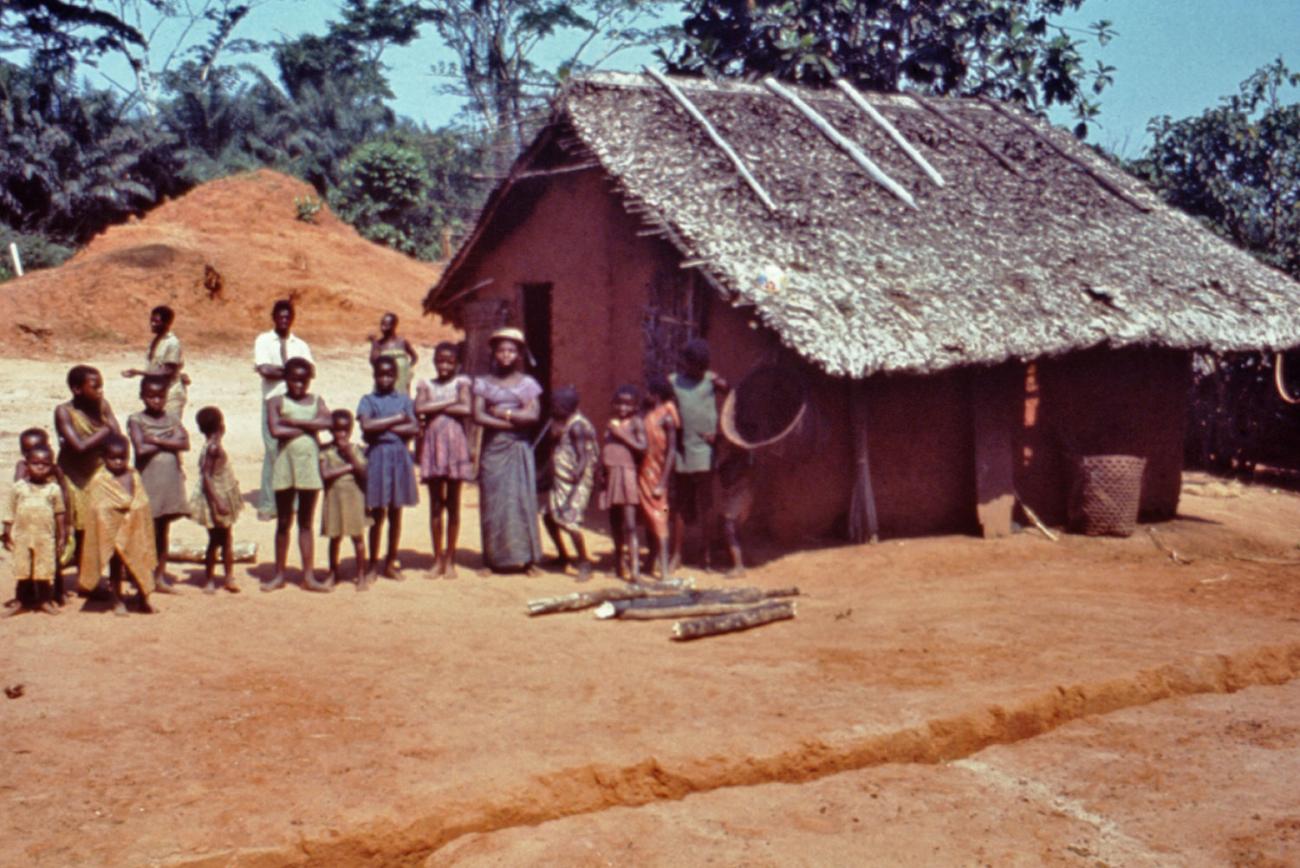
Think Global Health: Your paper talks about working across disciplines and lists what one might call the “unexpected epidemiologist”—community organizers, anthropologists, genomics experts, security and police forces, ethicists, veterinarians, and others. Isn’t it a challenge to build ad hoc teams of such widely interdisciplinary members?
FARRAR: I think it’s been a problem for many, many years, actually… You’ve got an interface problem where your education and your structures, your language of the professionals, and the ways of working are just different. And you know, the public health people on the human side and the animal side view work differently—their perspective of what is risk and their perspective of when to save and when to allow things to take a natural [course] are very different. They have completely different underpinnings of training and education, and we have governance structures globally which institutionalize that either through veterinary schools or through major sequencing centers or through public health schools or, indeed, through clinical medicine.
Cultural differences are quite difficult to align when you’re suddenly coming into a crisis mode.
And that plays out when you’re then trying to create teams that are inherently [and necessarily] multidisciplinary, where [you have] veterinarian or your animal health people, your human people—your epidemiologists, your anthropologists, your economists—your security people, indeed your negotiators—often, from the conflict resolution community, [and] your geneticists, often in institutes rather than necessarily linked closely to public health. In clinical medicine, there’s a separation of people working in public health and people working, for instance, in critical care, which has often been a sort of canary in the coalmine of new epidemics. These are often communities that don’t work together. So when you then come into a crisis of an epidemic, trying to coalesce and bring all of those people together who are not used to working together all the time is a real challenge because they have their own language, their own resources, their own ways of working. And those cultural differences are quite difficult to align when you’re suddenly coming into a crisis mode.
In our world of epidemiology and epidemics, we tend to create those teams in the time of crisis and we don’t do enough work to create those teams in so-called peacetime, when you could create a sense of cohesion and teamwork and understanding of the different disciplines.
□ □ □ □ □
Think Global Health: What about when you throw into the mix different governments—local, state, federal—or different agencies within the governments—or even multiple countries working together across their borders. How do you align across what is, by definition, a line that divides you?
FARRAR: [It’s even more complicated deciding] actually who is charge when it comes to national [or] transnational issues where you may have more than one country. Those countries may or may not get on well together. And where lies the responsibility for and accountability for decision-making when you’ve got national decision-makers and internationally agencies—that’s a very complicated scenario. Each one is not unique, but each one will have different sides.
So, for instance, in North Kivu over the last year, the issues between DRC, Uganda, Rwanda, Burundi, South Sudan, you know, they’re a very different set of challenges to those encountered between Guinea, Liberia, and Sierra Leone in 2014 for all sorts of reasons.
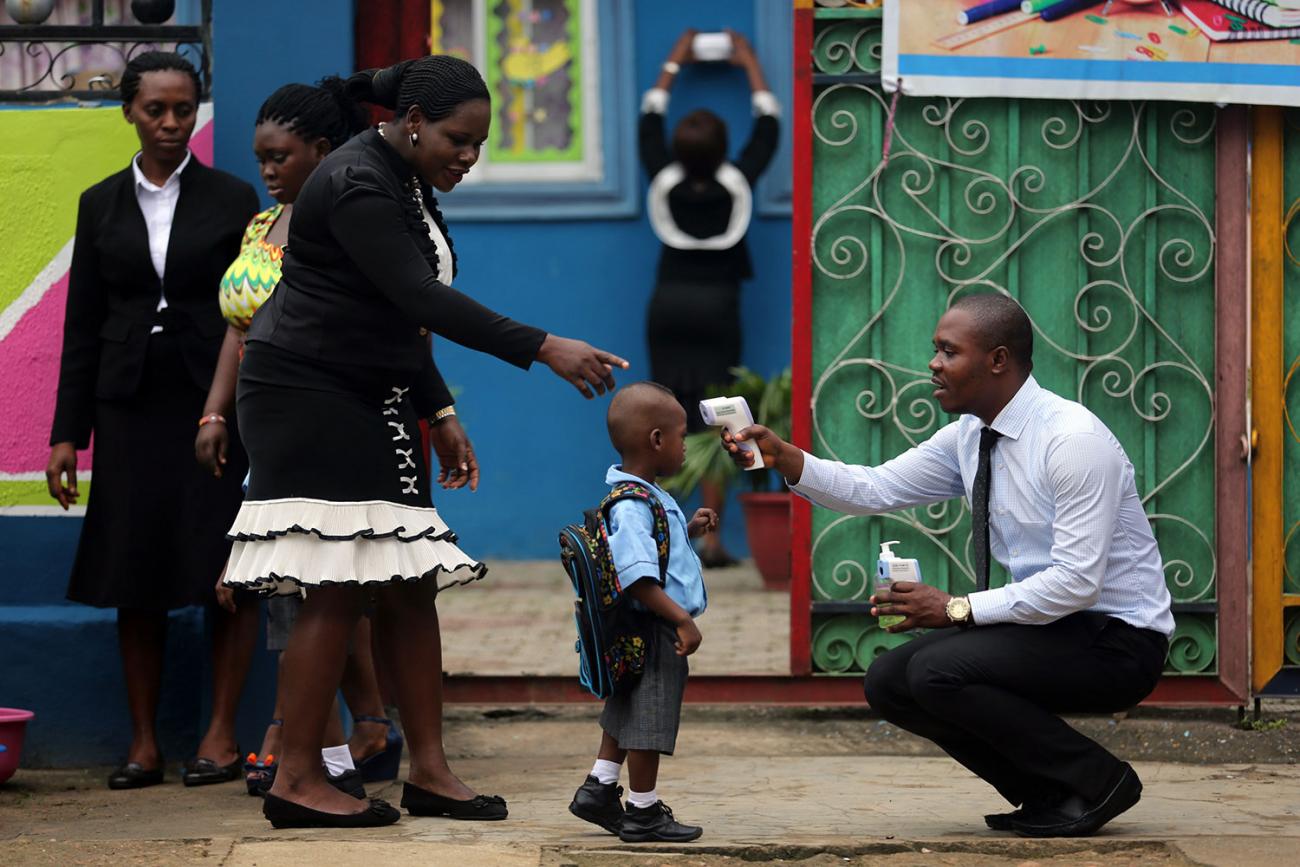
Bringing all of those [players] together is extraordinarily complicated, but the danger is trying to bring all those together at the time of crisis. That, I suppose, is the thread that goes through this article, is that trying to cobble together those coalitions at the moment you’re dealing in a crisis is never a good time to create partnerships, collaborations, and modes of working. And anything you can do in the so-called peacetime will bear huge dividends in terms of cohesion when it comes to a crisis.
□ □ □ □ □
Think Global Health: I wanted to ask about the proliferation of disease control centers around the world. In the last twenty years we have seen the creation of a CDC in Europe, one in China, now one most recently in Africa. What’s the significance of this?
FARRAR: Yeah, it’s a great question. And actually, I am a great fan of it. We all respect the U.S. CDC—I mean, it’s a fantastic organization. It has been so for decades. It has an extraordinarily strong training background, as well as both technical and scientific expertise. And the model of, you know, young people coming into the CDC through the EIS training system, where they spend two years in Atlanta and out in states—public health laboratories in states, public health organizations—but retaining throughout their career a link back to CDC, that’s an incredibly powerful network of people that have, you know, one foot in the CDC itself and one foot in the states of the United States.
Now, that is not really replicated anywhere else in the world, despite its unique strength. And I think what you’re seeing with the coming of a European CDC, which is inevitably more complicated because you’re talking about countries rather than states and there isn’t so much of the ability to have a top-down federal approach in Europe yet, so European CDC is still finding its feet. But it’s been a great movement in the right direction.
Now there is an incredibly strong central CDC in China… it’s a huge step forward from 2003–2004.
I know China’s CDC very well, and I was involved in China’s CDC through SARS and then through bird flu in Southeast Asia in 2003–2004–2005. And you know, China CDC at that point was very low in the sort of process-hierarchy within the Chinese system. It was a very underfunded entity and struggled for influence and impact. And essentially, what China’s done in the last fifteen years—and you know, there are still problems with it; I’m not saying it’s perfect—but essentially, they’ve learned lessons from the U.S. CDC, and now there is an incredibly strong central CDC in China, and they are linked with the states, the provinces of China. So it’s not perfect yet by any means, but it’s a huge step forward from 2003–2004.
And I think the Africa CDC, which is supported by many including the U.S. and Europe and China (and indeed ourselves), again is another absolute movement in the right direction. And John Nkengasong, who’s the director, is absolutely a brilliant individual. And the hope is that this will create across the continent a [resource] of people, networks, and technical capacity that would be able to provide African solutions and prevention to the challenges the continent faces. That is a massive advance, and I think is the future. I think those three developments—Europe, China, Africa—are absolutely in the right direction. I would dearly love to see an Indian Center for Disease Control which was similarly structured.
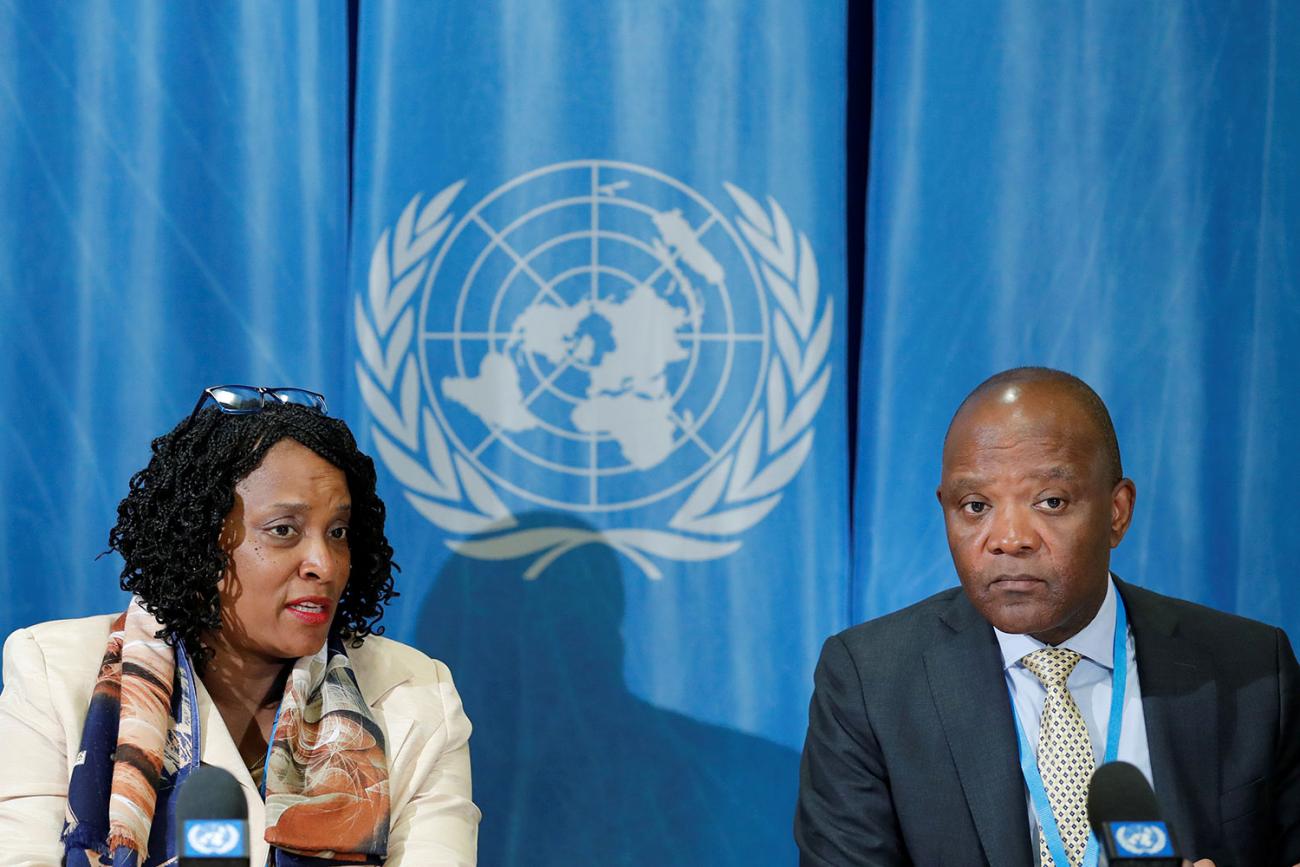
Think Global Health: It’s been 40 years since smallpox was eradicated. Where does the field stand today on eradication? Polio has been tougher to eradicate than anyone could have predicted at the turn of the century. What role, moving forward, will disease eradication continue to play in addressing the epidemics of this century?
FARRAR: Yeah. So I think it’s really important. And there’s two words [people] sometimes confuse, and that is the difference between eradication and elimination. Eradication means completely getting rid of something. Elimination means reducing it to a level that it’s of no longer any public-health—it’s no longer a public-health issue that it needs to be prioritized—and there’s a very important difference there.
The number of things which could be truly eradicated is actually much smaller than people assume. Smallpox obviously was the poster child of this. But you can’t eradicate an infectious disease where there is a large reservoir outside the human population. So it’ll be very difficult to eradicate rabies, because there is a large animal population of rabies viruses which circulate in multiple mammals. It would be impossible, I think it’s fair to say, impossible to eradicate influenza, because almost every mammal species and bird species can be infected with influenza, from whales to seals to ducks, of course, and chickens—and everything in between.
The number of things which could be truly eradicated is actually much smaller than people assume.
And so eradication will only ever apply to a relatively small number of infectious diseases. You couldn’t eradicate Ebola because there’s a very large animal reservoir. But what you can do is eliminate it by developing better prevention, better surveillance. And now we have the tools, with vaccination and therapeutics, that we can turn Ebola into a preventable and treatable condition and take—my hope would be—take away the stigma and the fear and the crisis of Ebola epidemics. But I do not believe we’re ever going to eradicate Ebola. What we can do is prevent the inevitable epidemics becoming completely disruptive of the societies in which it happens in by making sure that it’s not allowed to take hold as it did in West Africa in 2014 or North Kivu in 2018.
And the other thing, as you rightly point with polio, the last mile is extraordinarily difficult. And you will inevitably allocate more resources in that last mile than you would do in the first years. You will have great success early. The numbers will come down, as we’ve seen with polio. But to finally eradicate it, that is an incredibly challenging tale, which is driven not just by biologics, but also by, of course, political issues, social issues, conflicts; people, for whatever reasons, not wanting to accept vaccination, et cetera, et cetera, et cetera.
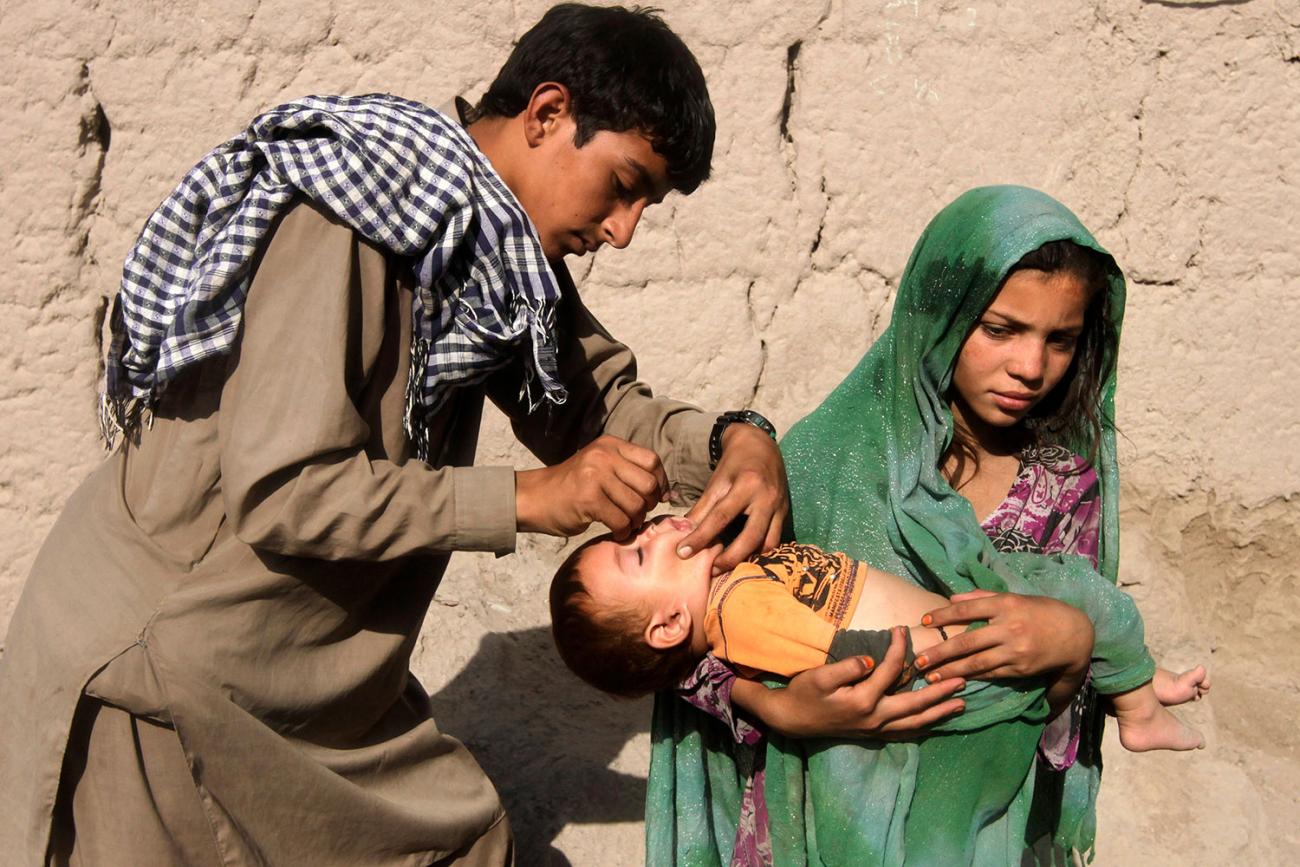
But once you’re in that final mile, with polio in particular because of the nature of the wild polio virus, you can’t really stop, because if ever the world were to stop what it’s doing in the polio eradication program, polio would return. And it would return to many, many, many countries. I remember polio as a child. And it would come back and haunt all future generations and then be impossible to turn around.
My view is that, given that resources are always finite, choose what you’re going to seek to eradicate based on really strong science, really strong sense that it’s doable, and commit yourself to seeing it right away through, even if that may take ten, twenty, thirty, forty years, because get to the year twenty of a forty-year program and you can’t stop.
And there, I think, people like, obviously, UNICEF, GAVI, the Rotary International, the Gates Foundation, you know, deserve great credit on the polio eradication program, because clearly they are completely committed to seeing this through. And if they weren’t, it would return undoubtedly.





